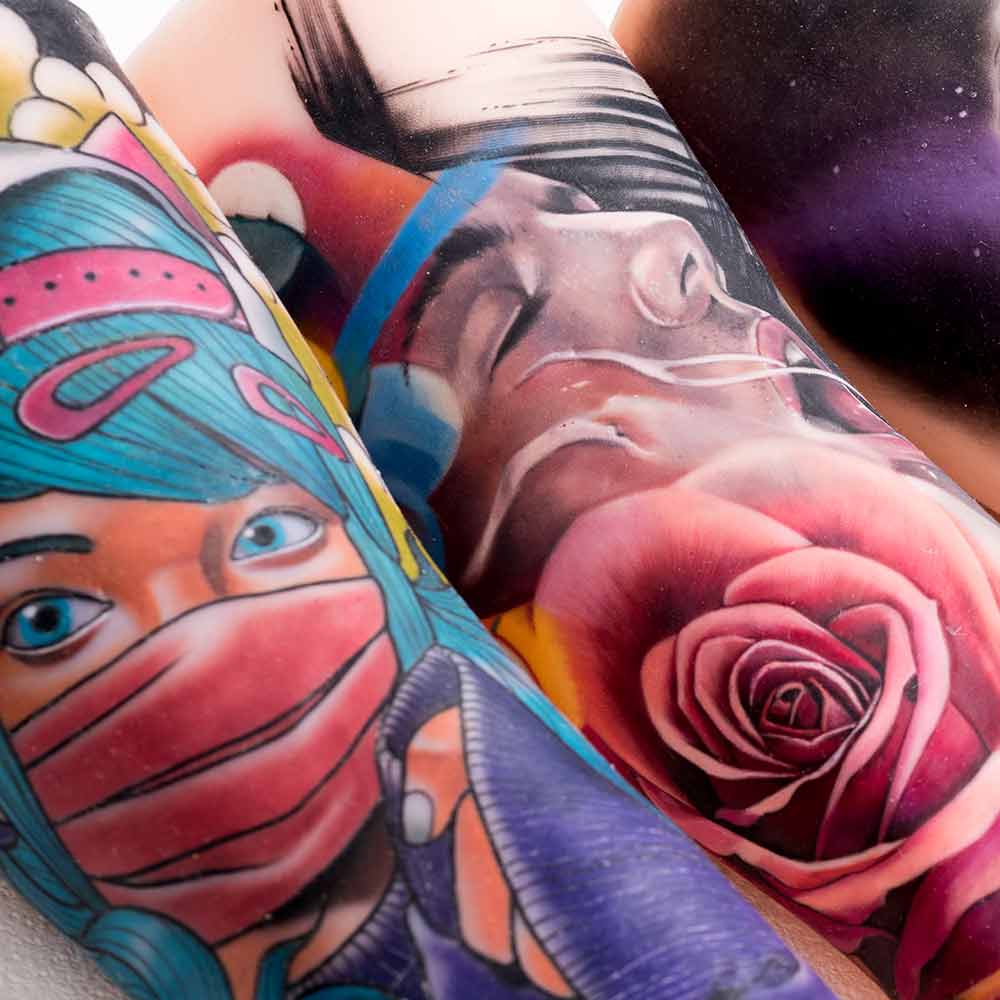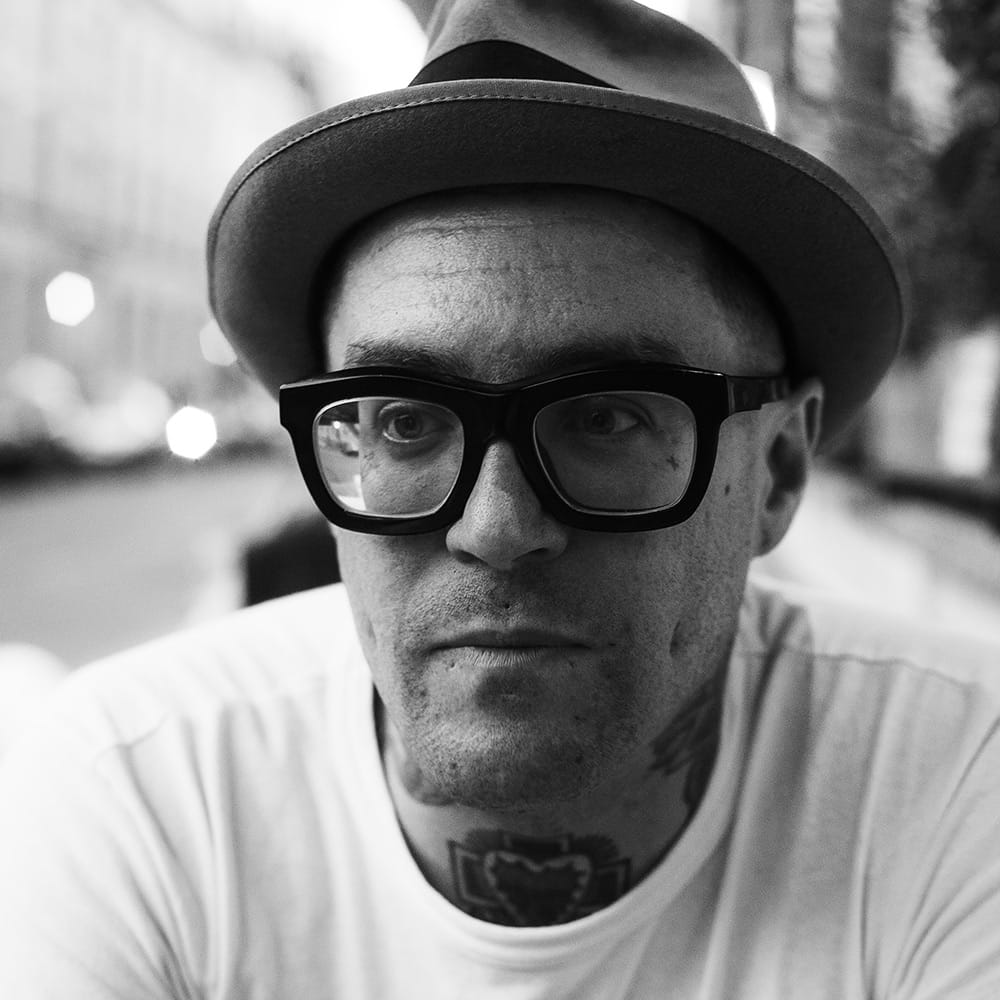Body Modification as Artistic Practice

I became an art historian in order to make sense of body art. Many art historians come to their objects of study after years of immersion in art making, gallery visits, and art-historical study. By contrast, I really had no real engagement with institutional, canonical art until I found the methods of art history, which I found drawn to in order to make sense of the tattooing, body modification, plastic surgery and body performances with which I was so fascinated.
Art history, as a discipline, is at a fundamental level the investigation of objects as indexes of culture. We are interested in paintings, sculptures, and other works of art because of what they reveal about the people and cultures who made them, and the responses of viewers at the time of their production, and subsequently. Art history, then, struck me as providing a useful toolset with which to analyse those cultural practices which get called “body art”, even though few art historians had properly taken notice of them before.
Things such as tattooing and plastic surgery are usually understood as phenomena, or as practices, which are primarily social or psychological in nature and intention. The outputs of these practices have a particular set of visual forms which are contingent and constrained by culture, but in general, most academic study is on the driving force s behind an individual or culture’s decision to transform their bodies, rather than on its outcomes. That said, though there is very little interest in focussing on the products of body modification in any detail, the idea of calling practices such as tattooing or plastic surgery ‘body art’ feels very compelling as a metaphor. After all, what else is art but the transformation of some surface, or some raw materials, into some different visual form? But of course, if we accept this metaphor, we immediately run into some complications. Body art cannot, like much art, easily be sold or traded. Body art cannot easily be displayed in a gallery, or the other kind of spaces in which art is viewed. And if body art is art, who is the artist? Is it the person whose body has been changed? Or is it the practitioner who wielded the tools? Or perhaps some combination of the two?
In my work, I argue that these problems are surmountable, and that it really does make sense to think about the human body, and particularly the modified human body, as an art object in the world. Moreover, doing so leads to some interesting and useful insights. For example, thinking about why our bodies look the way they do, where the norms of appearance come from, as well as the responses, reactions and consequences of our appearances in the contexts of beauty, race and gender politics, and histories of wealth and class, can help us think about ways in which changing our bodies, or the frameworks which condition and discipline our bodies, can become tools of political change. If our bodies are, or can be, assessed as artistic projects, we gain a whole new set of intellectual frameworks to think about them in ways which make sense of our cultural contexts and the responses to them in the world.
In short, the academic study of art history is basically the application of a set of languages which help explain the relationship between a designed object, its maker(s), its viewers, and its past, its present, and its future. By analysing bodies in the world in the same way we might analyse sculptures, we can better understand the relationship between our bodies, ourselves and our world in ways which other approaches so often miss.
